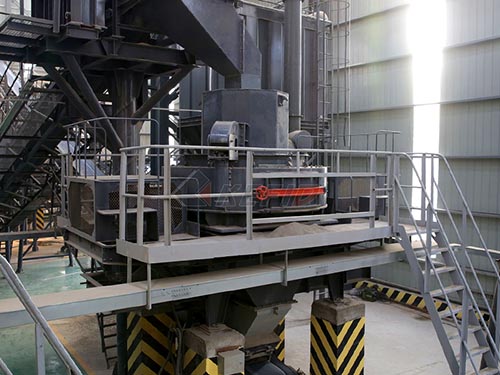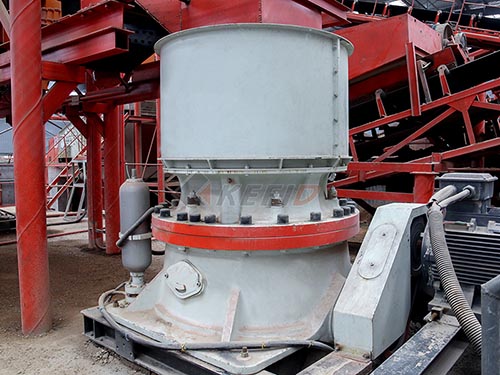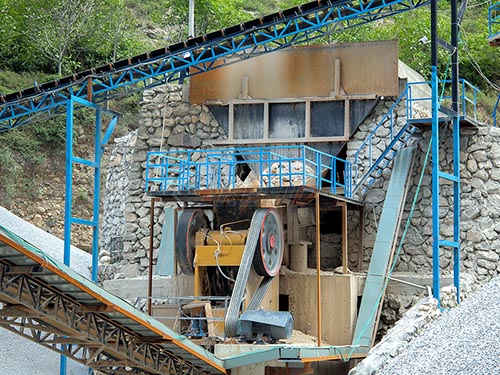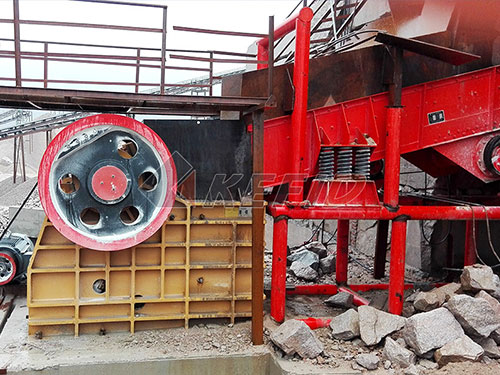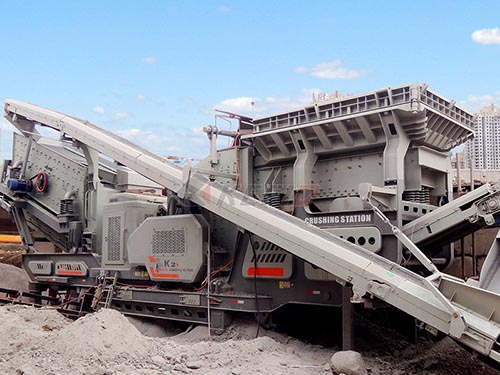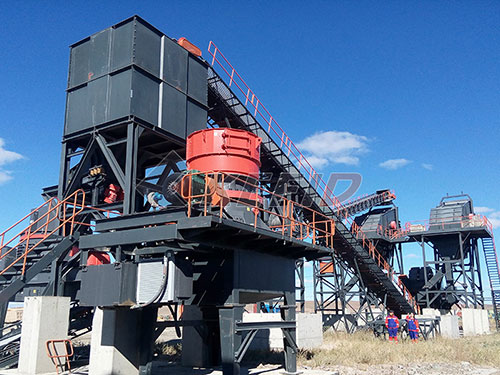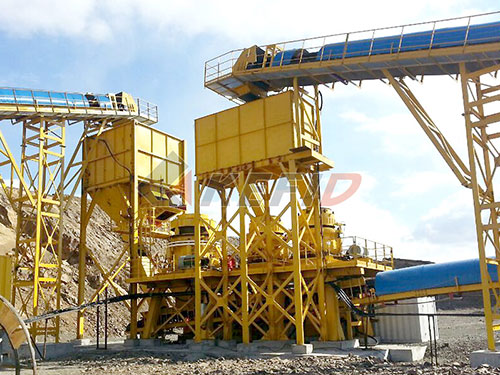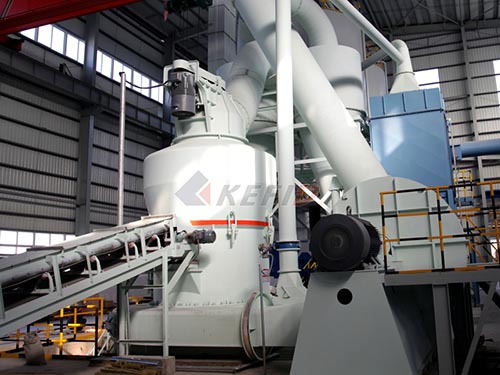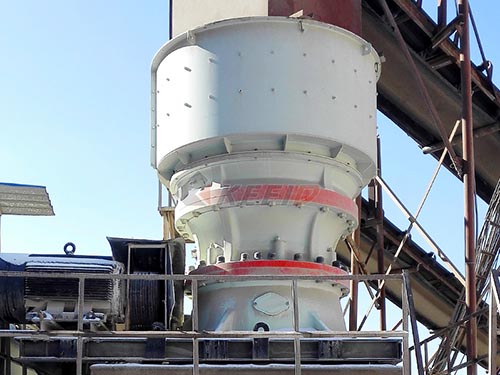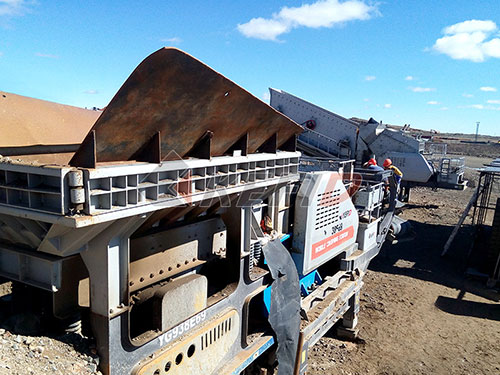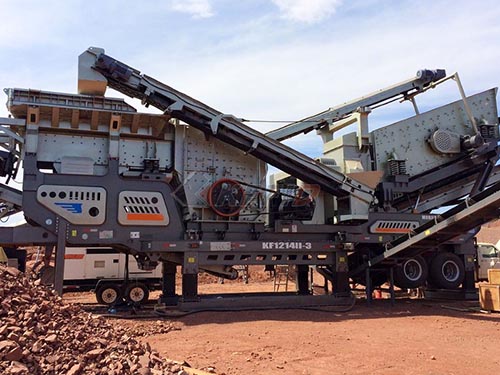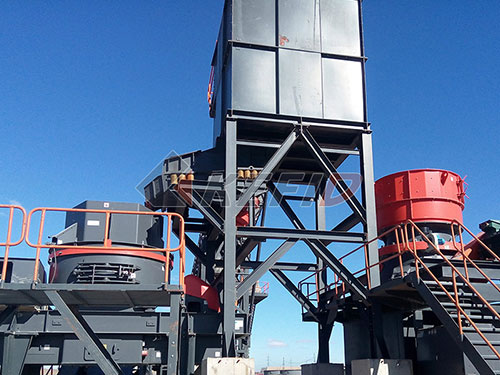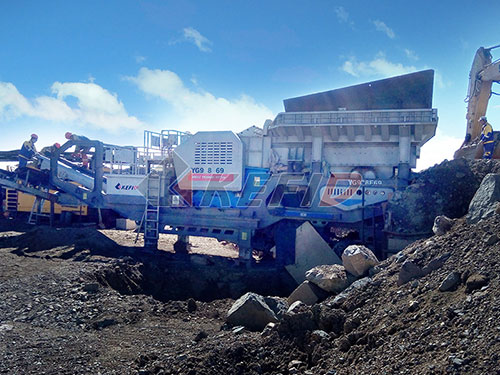The Weighty Matter of Crushed Stone: Understanding Cubic Yard Calculations
For professionals in construction, landscaping, and hardscaping, accurately estimating the weight of crushed stone is far more than academic trivia—it’s fundamental to project success. Whether you’re calculating trucking logistics, ensuring structural integrity for foundations, or simply budgeting for materials, knowing the weight of a cubic yard of crushed stone is indispensable. This guide cuts through the noise to deliver practical, actionable information.
Why Weight Matters: Beyond Simple Volume
While volume (cubic yards) tells you how much space material occupies, weight (tons or pounds) dictates critical operational factors:
Transportation: Determines truck capacity requirements and number of loads.
Structural Engineering: Essential for calculating load-bearing capacity in foundations, retaining walls, and road bases.
Cost Estimation: Material is often sold by weight (ton), requiring conversion from volume.
Equipment Selection: Influences the choice of machinery needed for handling and compaction.
The Core Question: How Heavy is One Cubic Yard?
There’s no single universal answer. The weight of one cubic yard (yd³) of crushed stone varies significantly based on one primary factor:
1. The Stone Type (Density): Different geological materials have inherently different densities.
Granite: Among the heaviest common options. Weight Range: ~2,500 to 2,800 pounds per cubic yard (lbs/yd³) or ~1.25 to 1.40 tons/yd³.
Limestone: Very commonly used. Weight Range: ~2,400 to 2,700 lbs/yd³ or ~1.20 to 1.35 tons/yd³.
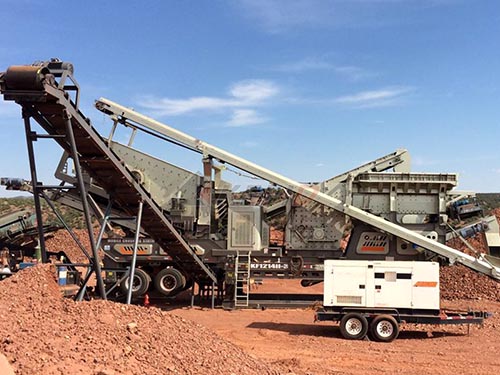
Sandstone: Generally lighter than granite or limestone. Weight Range: ~2,200 to 2,500 lbs/yd³ or ~1.10 to 1.25 tons/yd³.
Trap Rock / Basalt: Very dense and durable. Weight Range: Often similar to Granite (~2,500 – 3,000+ lbs/yd³) or (~1.25 – 1.50+ tons/yd³).
Critical Variables Affecting Actual Weight:
Beyond the base material type, several factors cause weight variation even within the same stone category:
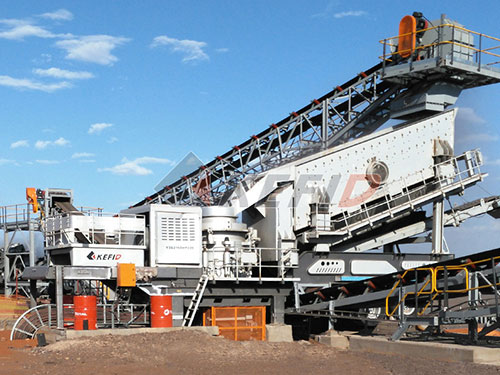
Moisture Content: Wet stone weighs considerably more than dry stone due to


